Question:1
In a vehicle with a manual (regular) gearbox, it is important to adjust the gears:
Category : Safety
Question:2
How would you conduct yourself on the following road section?
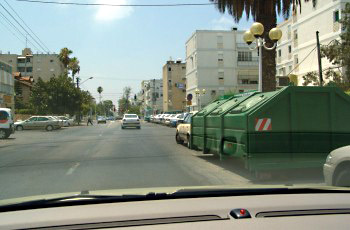
Category : Safety
Question:3
When there is fog, a part from fog lights.
Category : Safety
Question:4
How would you conduct yourself according to the content of the following traffic sign?
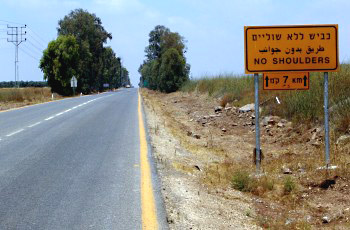
Category : Safety
Question:5
How would you get the attention of the overtaken vehicle’s driver while overtaking on a freeway (motorway)?
Category : Safety
Question:6
What are we required to ensure before starting to drive?
Category : Safety
Question:7
What is the relation between the vehicles speed and the vehicle’s stopping distance?
Category : Safety
Question:8
How would you handle the following situation?
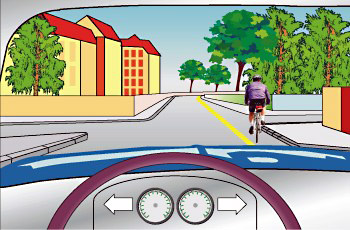
Category : Safety
Question:9
When parking a vehicle, is it necessary to operate the parking brake (handbrake)?
Category : Safety
Question:10
What is required from a driver that approaches the road signs appearing in the following picture?
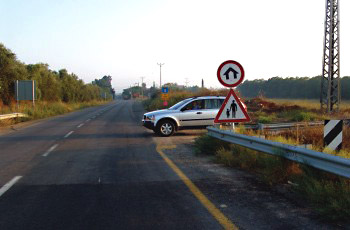
Category : Safety
Question:11
It is prohibited to drive too close to the vehicle in front of you:
Category : Safety
Question:12
How will a dirty front lamp influence night driving?
Category : Safety
Question:13
How are you required to conduct yourself according to the occurrence that is depicted in the following picture?
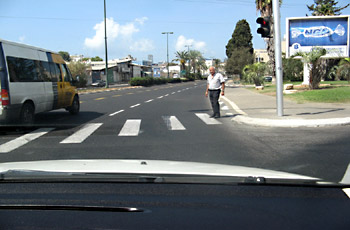
Category : Safety
Question:14
When spending time in a club (pub):
Category : Safety
Question:15
What risks are expected when the bus driver makes a sudden brake?
Category : Safety
Question:16
What are we required to check and verify before starting-up the vehicle’s engine?
Category : Safety
Question:17
What are the advantages of looking far ahead?
Category : Safety
Question:18
How are you required to conduct yourself according to the event that is depicted in the following picture?
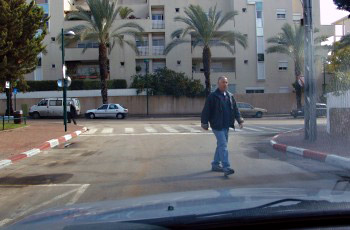
Category : Safety
Question:19
The higher is the vehicle’s center of gravity:
Category : Safety
Question:20
What effect does the distance between vehicles have on the overtaking process?
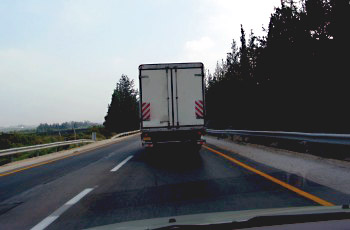
Category : Safety
Question:21
What is a reasonable speed on a freeway(Motorway)?
Category : Safety
Question:22
What is the purpose of the “hard shoulder” on freeways?
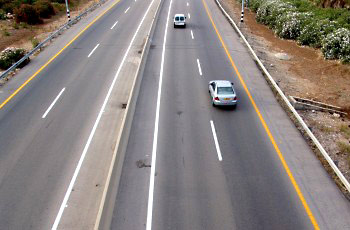
Category : Safety
Question:23
What is the main problem a driver faces when he approaches an intersection?
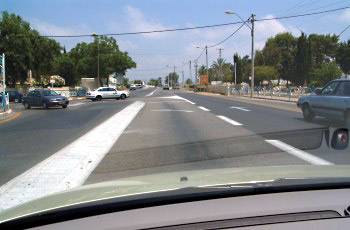
Category : Safety
Question:24
How can you avoid frontal collision while driving on a narrow and winding mountain road?
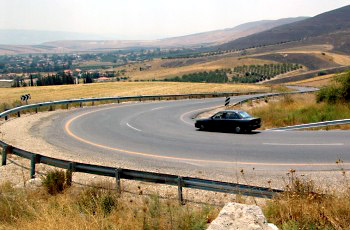
Category : Safety
Question:25
What is the correct sentence according to the following picture?
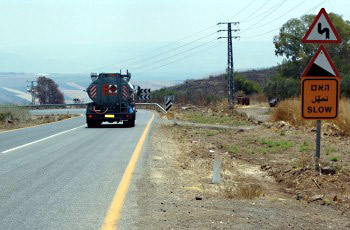
Category : Safety
Question:26
What effective solution for tiredness is available to the driver?
Category : Safety
Question:27
What in the conduct of the blue vehicle is improper?
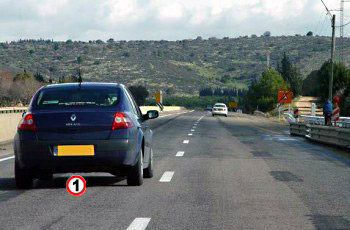
Category : Safety
Question:28
What are you required to do when you see that the overtaking silver vehicle intends to return to the right lane?
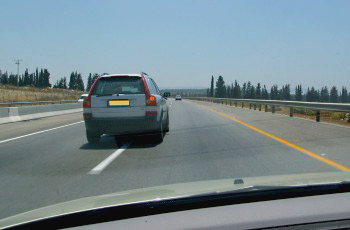
Category : Safety
Question:29
What are the specific risks and problems in crossing intersections?

Category : Safety
Question:30
What characterizes a state of driving in which proper distance from the vehicle in front is kept?
Category : Safety

